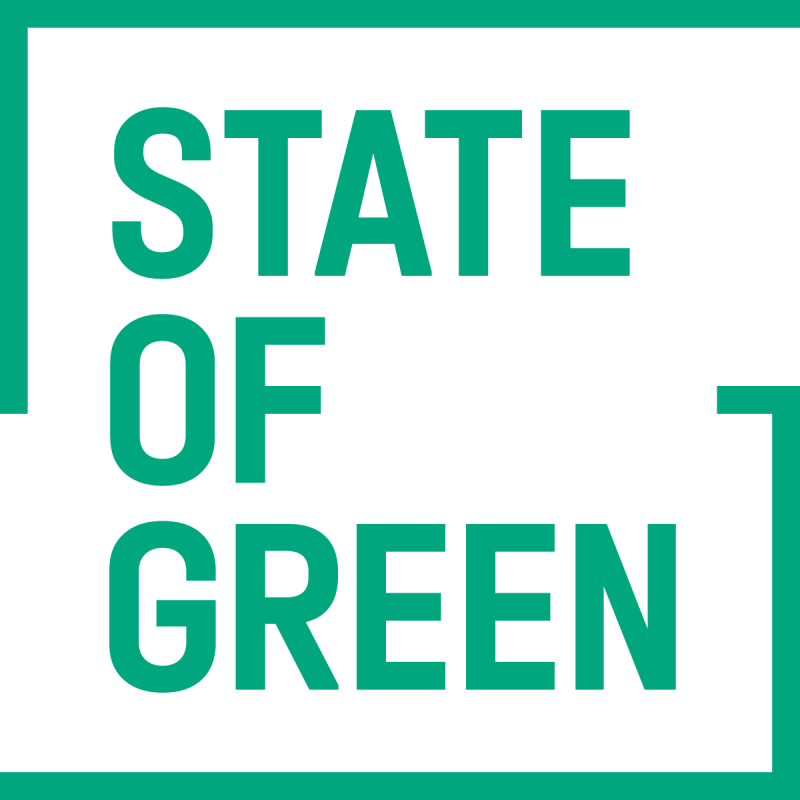With a network consisting of 60,000 km, the Danish district heating network plays a major part in decarbonising space heating and reaching Denmark’s ambitious climate goals.
Now, Denmark’s largest waste-to-energy company, Vestforbrændingen, has initiated plans to broaden the network even further, by securing contracts totaling EUR 800m. Playing an important part in implementing Vestforbrænding’s Heatplan for 2030, the contract aims to expand the district heating network and services to 39.000 new residents.
The parties expect to commence the network expansion in the first quarter of 2024.
“With today’s signature, we are now ready to start rolling out district heating to many new customers, benefitting the individual heating customers as well as the climate. With the Heat plan for 2030, Vestforbrændning takes a large and significant share of responsibility in the government’s ambitions to phase out oil and gas boilers in Danish homes and instead ensure climate-friendly heating as soon as possible. We ensure efficient utilisation of waste heat and excess heat from companies for the benefit of citizens in our 19 owner municipalities and companies in the capital region.” Steen Neuchs Vede, CEO of Vestforbrænding.
The objective is to extend the reach of district heating to a broader demographic within Vestforbrænding’s 19 owner municipalities in the Greater Copenhagen area, capitalising on the potential of waste heat, surplus heat from businesses, and various energy sources.
This entails a long-term vision of expanding the initiative, opening doors for additional municipalities to participate in the interconnected heating network.
Also read: The arguments for district heating are stacking up

















